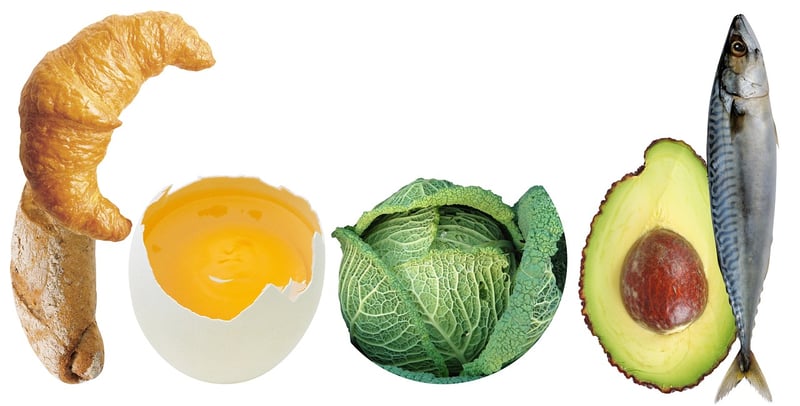Nutrient Deficiencies
Ensuring Plant Vitality: Understanding Nutrient Deficiencies
Plants, like all living organisms, require essential nutrients to thrive and grow. When these nutrients are lacking, plants can exhibit various symptoms that indicate specific deficiencies. Understanding these signs can help you address the issue promptly and ensure the vitality of your plants.
Common Nutrient Deficiencies and Their Symptoms
1. Nitrogen (N): Nitrogen deficiency can cause yellowing of leaves, starting from the tips and spreading inwards. Plants may also appear stunted due to lack of growth.
2. Phosphorus (P): Phosphorus deficiency leads to dark green or purple leaves, particularly on the underside. Plants may have delayed maturity and produce fewer flowers.
3. Potassium (K): Potassium deficiency results in yellowing or browning of leaf edges, known as leaf scorch. Plants may also have weak stems and poor fruit development.
4. Iron (Fe): Iron deficiency causes yellowing between leaf veins while the veins remain green. This condition, known as chlorosis, can impact overall plant growth.
Addressing Nutrient Deficiencies
To address nutrient deficiencies, you can:
- 1. Use fertilizers specifically formulated for the lacking nutrients.
- 2. Adjust soil pH levels to ensure optimal nutrient uptake.
- 3. Incorporate organic matter or compost to improve soil fertility.
- 4. Practice crop rotation to prevent nutrient depletion in the soil.
Conclusion
By recognizing and addressing nutrient deficiencies in your plants, you can promote their health and vitality. Regular monitoring, proper soil management, and timely interventions are key to ensuring your plants receive the necessary nutrients for optimal growth.

